IO流
概述
IO:Input(输入),Output(输出),往一个文件中输出内容或从一个文件中读取内容,这个过程就是IO操作。
输入Input:读取外部数据(磁盘,光盘等存储设备的数据)到程序(内存)中。
输出Ouput:将程序(内存)数据输出到磁盘,光盘等存储设备中。
IO分类
Java.io包下提供了各种“流”类和接口,用以获取不同种类的数据,并通过标准的方法输入或输出数据。
①按照数据的流向不同分为:输入流和输出流(从内存角度上看)
输入流:把数据从其它设备上读取内存中的流
输出流:把数据从内存中写到其它设备上的流
②按操作数据单位的不同分为:字节流(8bit)和字符流(16bit)
字节流:以字节为单位,读写数据的流
字符流:以字符为单位,读写数据的流
③根据IO流的角色不同分为:节点流和处理流
节点流:直接从数据源或目的地读写数据
处理流:不直接连接到数据源或目的地,而是“连接”在已存在的流(节点流或处理流)之上,通过对数据的处理为程序提供更为强大的读写功能
IO流框架
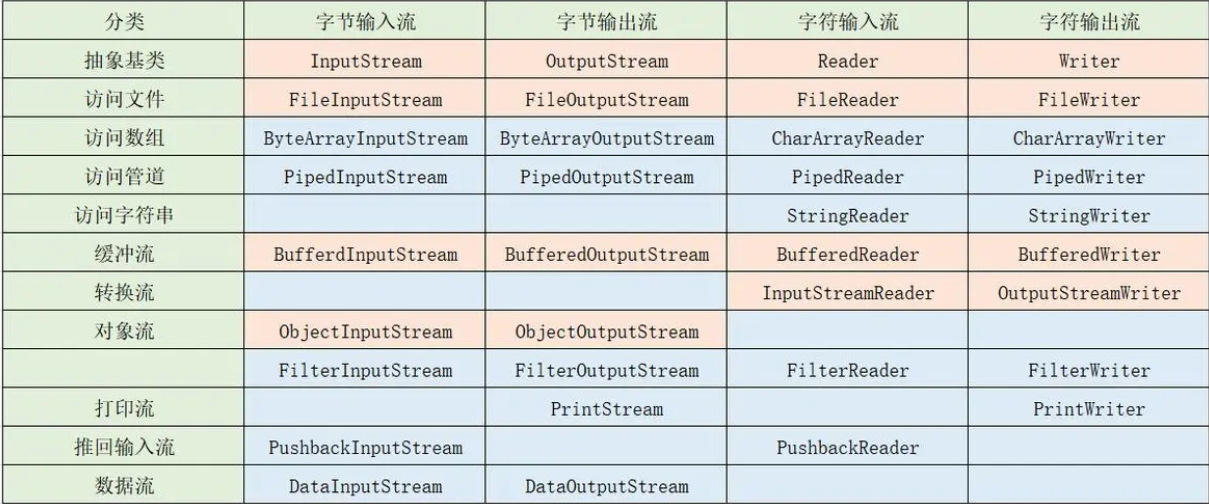
本章中主要学习标注红色的流。
InputStream类
它是一个字节输入流,流的内容是字节单位,它是所有直接输入流的父类。而该类中最常用的一个子类FileInputStream。这种流适合图片,音频,视频的操作。
操作步骤:
第1步:创建读取的File类的对象 第2步:创建FileInputStream输入流 第3步:具体的读入的过程 read():一个一个进行读取,当没有字符时返回-1 第4步:关闭流资源,避免内存泄露
举个例子:
1 public class Test { 2 public static void main(String[] args) { 3 FileInputStream fs= null; 4 try { 5 //1.创建file文件对象
6 File file =new File("a.txt"); 7 //2.创建输入流(这里会存在异常需要进行处理)
8 fs = new FileInputStream(file); 9 int a; 10 //3.读取一个一个字符,当文件没有内容时会返回-1 11 //这里的read()方法会有异常需要进行处理
12 while((a=fs.read())!=-1){ 13 System.out.println((char)a); 14 } 15 } catch (IOException e) { 16 System.out.print(e.getMessage()); 17 } finally { 18 //4.关闭资源
19 try { 20 //这里需要判断如果有FileInputStream时才需要关闭资源
21 if(fs!=null){ 22 fs.close(); 23 } 24 } catch (IOException e) { 25 System.out.println(e.getMessage()); 26 } 27 } 28 } 29 }
效果展示:

OutputStream类
字节输出流,往文件中写入的内容为字节。OutputStream是字节输出流的父类,它也是一个抽象类,FileOutputStream是它的实现类。
操作步骤:
第1步:创建写出的File类的对象 第2步:创建FileOutputStream输出流(如果文件不存在时会创建文件) 第3步:具体的写出的过程 write(int b):将指定的字节写到指定文件 write(byte[] s):将指定的字节写到指定文件 第4步:关闭资源
举个例子:
1 public class Test{ 2 public static void main(String[] args) { 3 //1.创建文件对象
4 File file = new File("b.txt"); 5 //2.创建FileOutStream对象
6 FileOutputStream os = null; 7 try { 8 //创建OutputStream流对象--如果指定的文件不存在则创建。
9 os = new FileOutputStream(file,true); 10 //3.调用FileOutStream类中的方法完成输出操作
11 String msg="你好 今天学习IO流"; 12 os.write(msg.getBytes()); 13 } catch (Exception e) { 14 e.printStackTrace(); 15 } finally { 16 //4.关闭流资源
17 if (os != null) { 18 try { 19 os.close(); 20 } catch (IOException e) { 21 e.printStackTrace(); 22 } 23 } 24 } 25 } 26 }
效果展示:

当文件不存在的时候,会自动创建指定的文件。
Reader类
该类用于读取的内容为字符类型,它是所有字符输入流的父类,它比较适合读取文本内容,它常用的子类FileReader类
操作步骤:
第1步:创建读取的File类的对象 第2步:创建FileReader输入流 第3步:具体的读入的过程 read():一个一个进行读取,当没有字符时返回-1 第4步:关闭流资源,避免内存泄露
举个例子:
1 public class Test { 2 public static void main(String[] args) { 3 Reader reader=null; 4 try{ 5 //创建一个输入字符流对象
6 reader=new FileReader(new File("b.txt")); 7 //调用Reader类中方法完成读取功能
8 int c = -1; 9 while ((c=reader.read())!=-1){ 10 System.out.print((char)c); 11 } 12 }catch (Exception e){ 13 e.printStackTrace(); 14 }finally { 15 //关闭资源
16 if(reader!=null){ 17 try { 18 reader.close(); 19 } catch (IOException e) { 20 e.printStackTrace(); 21 } 22 } 23 } 24 } 25 }
效果展示:

Writer类
该类用于读取的内容为字符类型,它是所有字符输出流的父类,它比较适合读取文本内容,它常用的子类FileWriter类
操作步骤:
第1步:创建写出的File类的对象 第2步:创建FileWriter输出流 第3步:具体的写出的过程
write(int b):将指定的字节写到指定文件
write(byte[] s):将指定的字节写到指定文件
第4步:关闭流资源,避免内存泄露
举个例子:
1 public class Test { 2 public static void main(String[] args) { 3 Writer writer = null; 4 try { 5 //1.创建一个字符输出流对象--
6 writer=new FileWriter(new File("c.txt")); 7 //2.调用里面的输出方法
8 String msg="今天是个好日志,心想的事儿都能成."; 9 writer.write(msg); 10 } catch (Exception e) { 11 e.printStackTrace(); 12 } finally { 13 if (writer != null) { 14 try { 15 writer.close(); 16 } catch (IOException e) { 17 e.printStackTrace(); 18 } 19 } 20 } 21 } 22 }
效果展示:

为什么说字节流更适合操作图片,音频,视频操作,而字符流更适合操作文件呢
>对于字符流只能用来操作文本文件,不能用来处理非文本
>对于字节流,通常用来处理非文本的,因为当处理文本时如果里面内容存在中文会出现乱码,所以更适合操作图片,音频,视频操作。
说明:
文本文件:.txt、.java、.c、.cpp、.py等
非文本文件:.doc、.xls、.jpg、.pdf、.mp3、.avi等
缓冲流
BufferedInputStream—–缓冲字节输入流
BufferedOutputStream—–缓冲字节输出流
BufferedReader———-缓冲字符输入流
BufferedWriter————缓冲字符输出流
BufferedInputStream类
缓冲字节输入流,用于FileInputStream输入流
操作步骤:
第1步:创建读取的File类对象
第2步:创建FileInputStream输入流
第3步:创建BufferedInputStream缓冲字节输入流
第4步:具体的读取的过程
read():一个一个进行读取,如果后面没有内容返回-1
readLine():整行读取,但是不换行
第5步:关闭缓冲流资源,避免内存泄露
举个例子:
1 public class Test { 2 public static void main(String[] args) { 3 BufferedInputStream bis= null; 4 try { 5 //创建一个FileInputStream对象
6 InputStream is=new FileInputStream(new File("a.txt")); 7 //创建一个BufferedInputStream对象
8 bis = new BufferedInputStream(is); 9 //调用BufferedInputStream的方法
10 int c; 11 while((c=bis.read())!=-1){ 12 System.out.print((char)c); 13 } 14 } catch (IOException e) { 15 e.printStackTrace(); 16 } finally { 17 //关闭缓冲流资源
18 if(bis!=null){ 19 try { 20 bis.close(); 21 } catch (IOException e) { 22 e.printStackTrace(); 23 } 24 } 25 } 26 } 27 }
效果展示:

BufferedOutputStream类
缓冲字节输出流,用于FileOutputStream输出流
操作步骤:
第1步:创建写出的File类对象 第2步:创建FileOutputStream输出流对象 第3步:创建BufferedOutputStream缓冲字节输出流 第4步:具体的写出的过程 write(byte[] b):将指定的字节写到指定文件 write(int b):将指定的字节写到指定文件 第5步:关闭流资源,避免内存泄露
举个例子:
1 public class Test { 2 public static void main(String[] args) { 3 BufferedOutputStream bis= null; 4 try { 5 //创建FileIn
6 FileOutputStream is=new FileOutputStream(new File("a.txt")); 7
8 //创建一个BufferedOutputStream对象
9 bis = new BufferedOutputStream(is); 10 //调用BufferedOutputStream的方法
11 byte[] arr={12,97,20,34}; 12 bis.write(arr); 13
14 } catch (IOException e) { 15 e.printStackTrace(); 16 } finally { 17 if(bis!=null){ 18 try { 19 bis.close(); 20 } catch (IOException e) { 21 e.printStackTrace(); 22 } 23 } 24 } 25 } 26 }
效果展示:

BufferedReader类
缓冲字节输入流,用于FileReader输入流
操作步骤:
第1步:创建读入的File类的对象 第2步:创建FileReader输入流对象 第3步:创建BufferedReader缓冲输入流对象 第4步:具体的读入的过程 int read():一个一个字符读取,直到没有字符返回-1 String readLine():一行一行字符读取,不换行,直到没有字符返回null 第5步:关闭缓冲流,避免内存泄露
举个例子:
1 public class Test { 2 public static void main(String[] args) { 3 FileReader fr = null; 4 BufferedReader br = null; 5 try { 6 fr = new FileReader(new File("c.txt")); 7 br = new BufferedReader(fr); 8 String ch; 9 while ((ch = br.readLine()) != null) { 10 System.out.println(ch); 11
12 } 13 } catch (IOException e) { 14 e.printStackTrace(); 15 } finally { 16 if(br!=null){ 17 try { 18 br.close(); 19 } catch (IOException e) { 20 e.printStackTrace(); 21 } 22 } 23 if(fr!=null){ 24
25 try { 26 fr.close(); 27 } catch (IOException e) { 28 e.printStackTrace(); 29 } 30 } 31 } 32 } 33 }
效果展示:

BufferedWriter类
缓冲字节输出流,用于FileReader输出流
操作步骤:
第1步:创建读入的File类的对象 第2步:创建FileWriter输入流对象 第3步:创建BufferedWriter缓冲输入流对象 第4步:具体的读入的过程 void write(String c):写入一个字符串 void newLine():写一行分隔符 第5步:关闭缓冲流,避免内存泄露
举个例子:
1 public class Test { 2 public static void main(String[] args) { 3 FileWriter fw = null; 4 BufferedWriter bw = null; 5 try { 6 fw = new FileWriter(new File("b.txt")); 7 bw = new BufferedWriter(fw); 8 String str = "今天天气真好!"; 9 bw.write(str); 10 bw.newLine(); 11 } catch (IOException e) { 12 e.printStackTrace(); 13 } finally { 14 if (bw != null) { 15
16 try { 17 bw.close(); 18 } catch (IOException e) { 19 e.printStackTrace(); 20 } 21 } 22 if (fw != null) { 23
24 try { 25 fw.close(); 26 } catch (IOException e) { 27 e.printStackTrace(); 28 } 29 } 30 } 31
32 } 33 }
效果展示:

对象流
对象流概述
对象流用于操作java对象,可以把java对象从内存保存到文件中,也可以把文件中对象读取到内存中。
序列化:通过对象流把内存中的对象保存磁盘 | 网络上这个过程——————-称为序列化
反序列化:通过对象流把磁盘 | 网络上的对象转化为内存中的对象这个过程—————称为反序列化
处理流分为两种:
第一种:ObjectInputStream: 对象输入流
第二种:ObjectOutputStream: 对象输出流
对象输出流
通过对象流把内存中的对象保存磁盘 | 网络上这个过程
操作步骤:
第1步:创建对象
第2步:创建存放磁盘的位置
第3步:将对象存储到文件中
writeObject(对象):将对象存放到磁盘中
第4步:关闭对象流资源
举个例子:
1 public class Test { 2 public static void main(String[] args) { 3 FileOutputStream fs= null; 4 ObjectOutputStream ois= null; 5 try { 6 //1.创建对象
7 Student s1=new Student("张三",13); 8 //2.存放在磁盘中的位置
9 File file=new File("a.txt"); 10 fs = new FileOutputStream(file); 11 ois = new ObjectOutputStream(fs); 12 //3.将对象存储到文件中
13 ois.writeObject(s1); 14 } catch (IOException e) { 15 e.printStackTrace(); 16 } finally { 17 if(ois!=null){ 18 try { 19 ois.close(); 20 } catch (IOException e) { 21 e.printStackTrace(); 22 } 23 } 24 if(fs!=null){ 25 try { 26 fs.close(); 27 } catch (IOException e) { 28 e.printStackTrace(); 29 } 30 } 31 } 32 } 33 }
效果展示:

发现会报错,这是因为对象没有实现序列化Serializable接口,所以会出现异常。
解决方法:(只需要在类上实现Serializable接口即可)
1 class Student implements Serializable{ 2 private String name; 3 private int age; 4
5 public Student() { 6 } 7
8 public Student(String name, int age) { 9 this.name = name; 10 this.age = age; 11 } 12 public String getName() { 13 return name; 14 } 15 public void setName(String name) { 16 this.name = name; 17 } 18 public int getAge() { 19 return age; 20 } 21 public void setAge(int age) { 22 this.age = age; 23 } 24
25 public String toString() { 26 return "Student{name = " + name + ", age = " + age + "}"; 27 } 28 }
效果展示:

在文件中加载成功,注意这不是给你看的是给计算机看的。
对象输入流
通过对象流把磁盘 | 网络上的对象转化为内存中的对象这个过程-
操作步骤:
第1步:创建之前存放对象的文件
第2步:创建对象输入流
第3步:使用对象输入流获取对象
readObject():获取对象
第4步:关闭流资源
举个例子:
1 public class Test { 2 public static void main(String[] args) { 3
4 ObjectInputStream ois= null; 5 try { 6 //1.创建之前存放对象的文件
7 File file=new File("a.txt"); 8 //2.创建对象输入流
9 ois = new ObjectInputStream(new FileInputStream(file)); 10 //3.由于反序列化时不知道文件中的对象是什么类型 11 //所以我们可以使用向下转型的方式
12 Student student =(Student)ois.readObject(); 13 System.out.println(student); 14 } catch (IOException e) { 15 e.printStackTrace(); 16 } catch (ClassNotFoundException e) { 17 e.printStackTrace(); 18 } finally { 19 //4.关闭流资源
20 if(ois!=null){ 21
22 try { 23 ois.close(); 24 } catch (IOException e) { 25 e.printStackTrace(); 26 } 27 } 28 } 29
30 } 31 }
效果展示:

如有侵犯您的版权,请及时联系3500663466#qq.com(#换@),我们将第一时间删除本站数据。
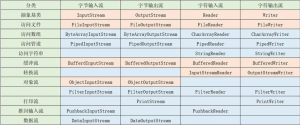



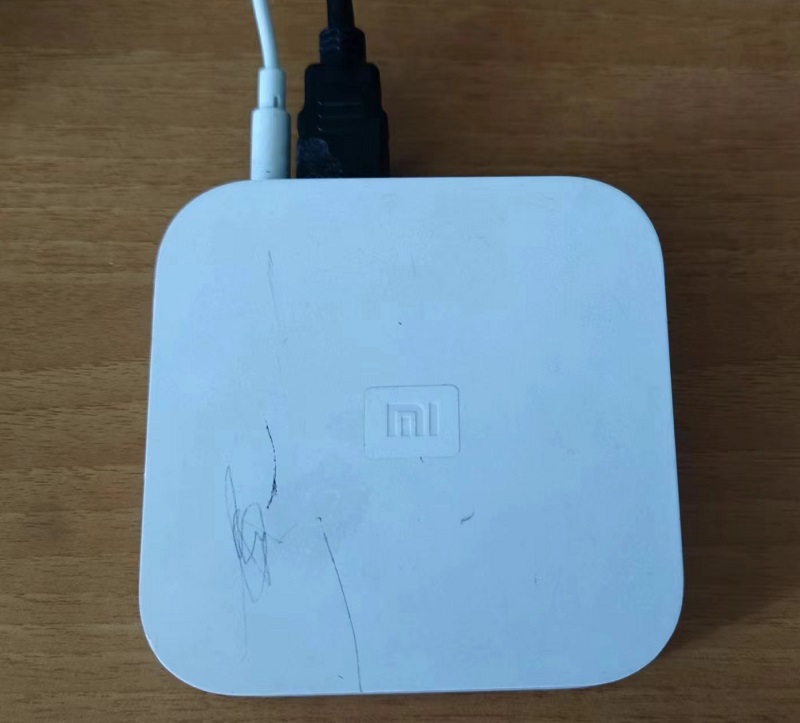
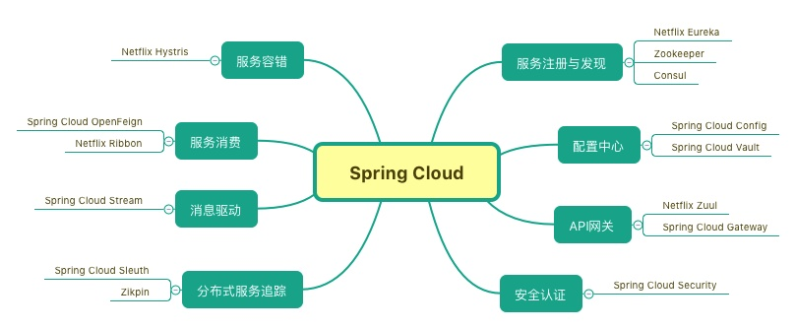



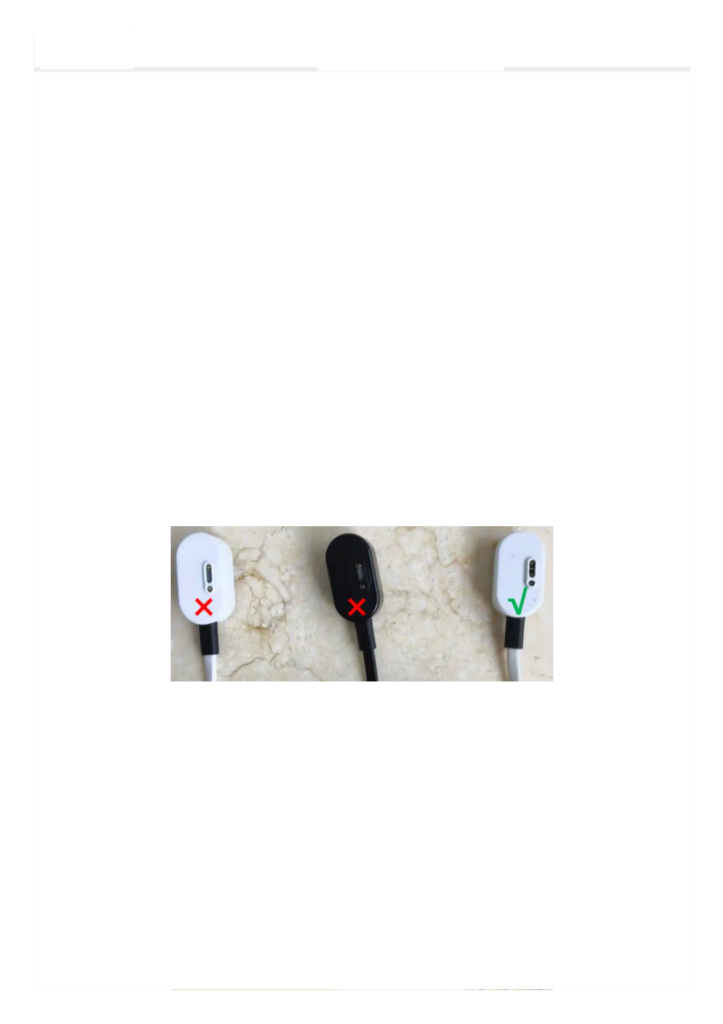

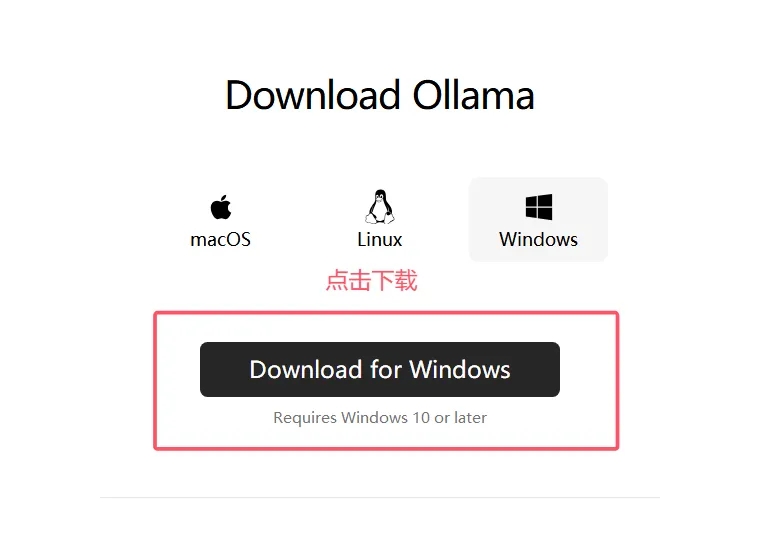

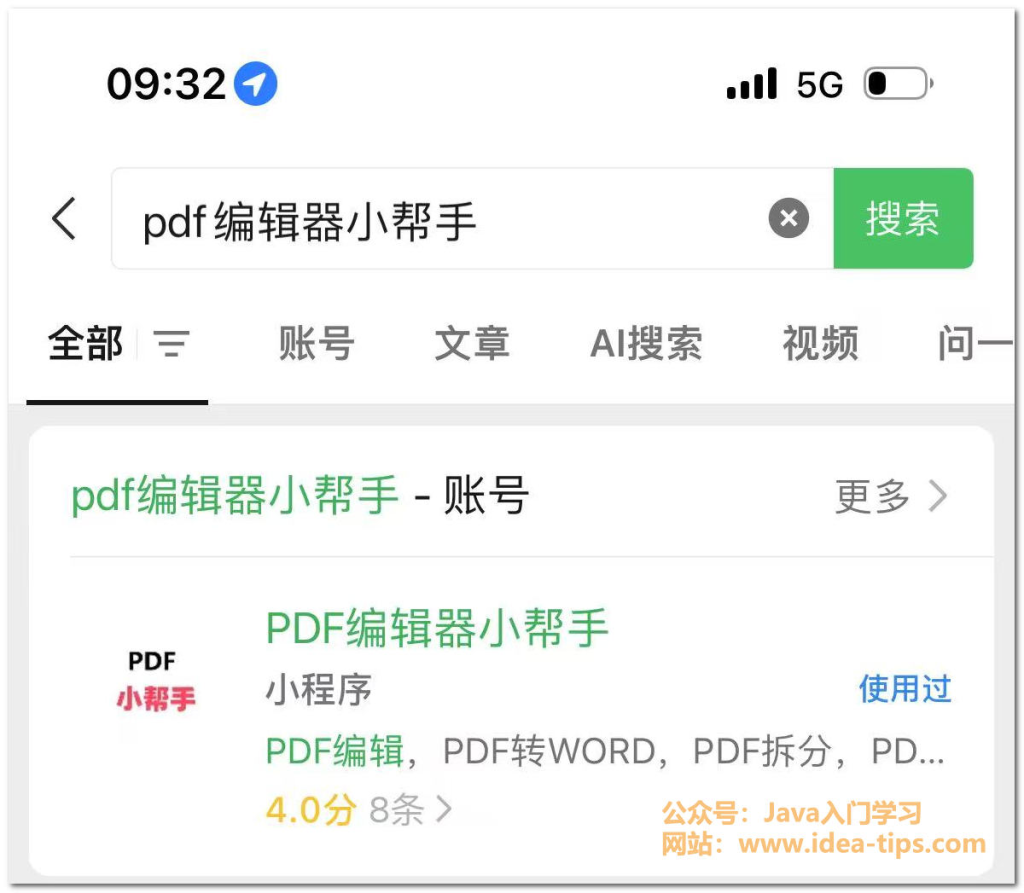




暂无评论内容